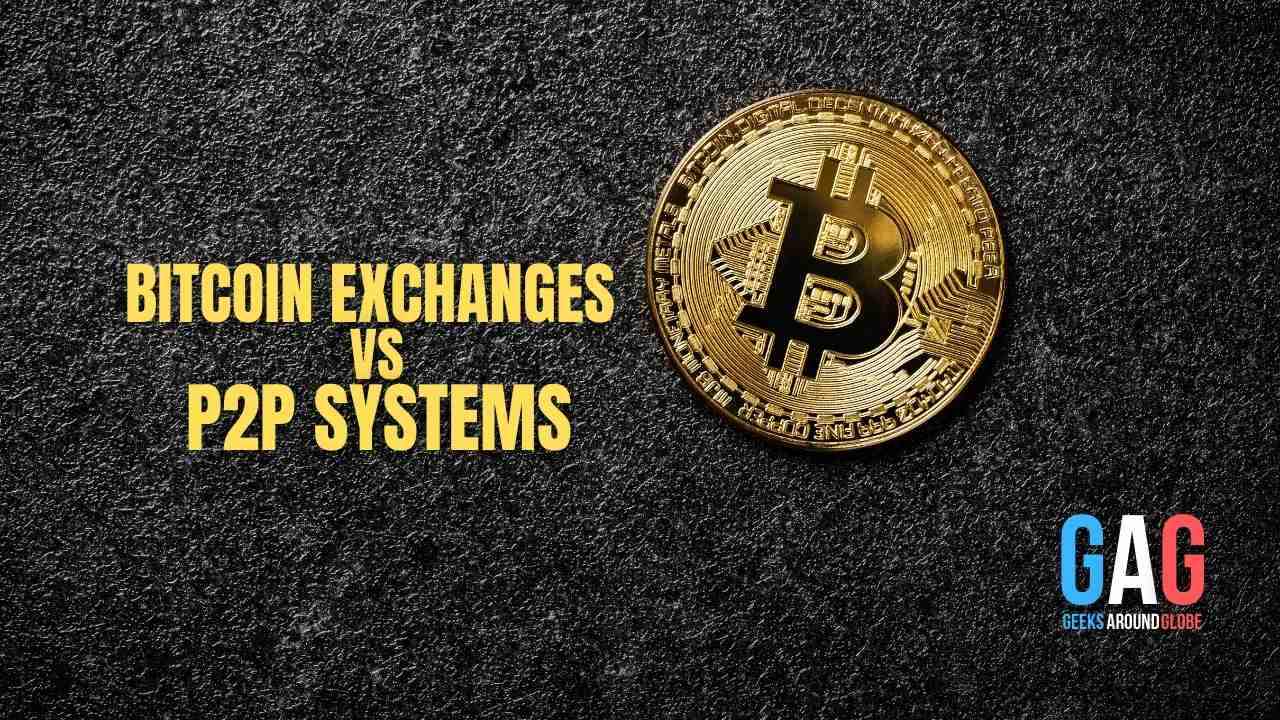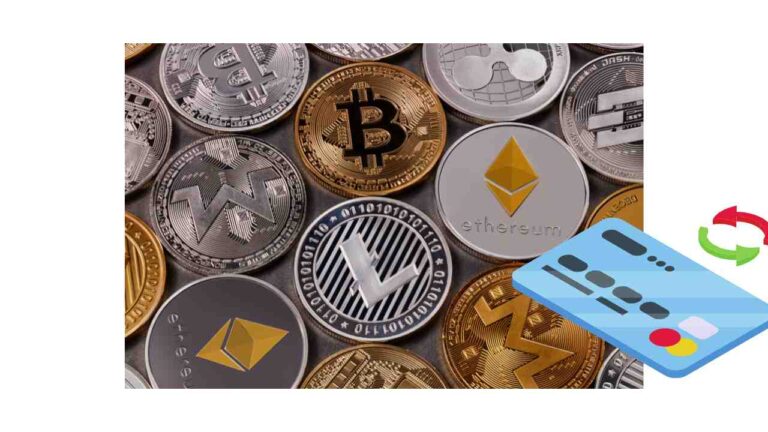There are two main ways to buy crypto via a licensed provider. One source is your typical bitcoin exchange – an array of coins sold at a market price via a mediator (the provider itself). The other is a platform where you can exchange your coins for someone else’s coins in a semi-direct exchange.
These are very different methods of acquiring crypto in large quantities, but both are equally valid and legitimate. In fact, most crypto providers have both of these solutions present on the same website. In other cases, P2P services are offered on the same platform as crypto wallets.
Bitcoin Exchanges
Bitcoin exchanges are platforms where crypto companies offer their services as intermediaries in the exchange of coins. Such crypto trading platforms hold interfaces with different tools on them. Its main purpose is to show the current market value of a chosen coin to you, but there are other numbers and characteristics.
With this information in mind, people leave orders for the purchase and sale of cryptocurrencies. They can request an immediate purchase/sale at a market price or designate a specific value when the order should go through. If there are coins or money on the market to meet that order, it will be validated.
The advantages of trading on an exchange include these:
- Trading in market price;
- Immediate or quick validation of orders;
- A big number of users.
There are disadvantages, of course. For instance, the price is controlled by the market, which, to be fair, is carried by the whims of its participants. A small fall can be enough to cause a massive crash just because people panicked. While good for speculation and trading, it can also be frustrating if you want to sell coins at a fair price.
P2P Systems
P2P stands for ‘peer-to-peer’. It largely means that exchanges on P2P platforms are carried out directly and between equal participants. It also means that there is very little mediation from the broker or anyone else. Of course, there are some restricting measures, mainly to uphold security and transparency.
For an exchange to happen, the two parties need to agree on an offer, posted by one of them in a vast catalog. If both parties agree to carry out this exchange, the broker will freeze the assets needed for the deal. Then, the participants have to send these funds directly to one another. If it’s not done, the deal is annulled.
At least, that’s one way to do a P2P exchange. The way deals are struck differs from platform to platform. What currencies are to be exchanged, and in what quantities, is specific beforehand. So, everything is perfectly transparent. Usually, these solutions have these upsides:
- Vast selection of coins to pick from;
- Exchange rates can be anything, they aren’t restricted to market value;
- You can take your time browsing through offers.
There are some disadvantages, of course. For instance, a lot fewer people use P2P services, seeing how less reliable they are compared to exchanges. You can find offers with different currencies, types of transfer,s and exchange rates. But there’s no guarantee you’ll find a fair price there.







